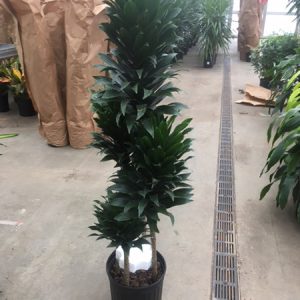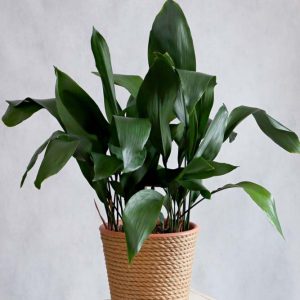Description
Rhodiola – Roseroot – Golden Root –
There are about 50 perennial, some which are dioecious, in the Crassulaceae family, in this genus. It is similar to Hylotelephium and the larger Sedum species. They are widely distributed in the Northern Hemisphere in sunny, rocky habitats. The plants have thick, fleshy rhizomes producing scaly brown basal leaves, and stiffly erect, unbranched or occasionally branched stems that carry alternate, triangular-ovate to lance shaped, often toothed, fleshy, gray green stem leaves. The small, star shaped, green, yellow, orange, or red flowers, with 8-10 prominent stamens, are borne in dense, rounded heads, and may be unisexual or bisexual. Rhodiolas are grown for their foliage and flowers, and are suitable for a rock garden, or the front of a mixed or herbaceous border.
Rhodiola are undemanding plants. Grow in moderately fertile soil that remains moist in summer but is not boggy in winter, in full sun.
Prone to aphids.
R. rosea subsp. integrifolia – Sedum rosea – Sedum rhodiola – Roseroot – This variable, clump forming, dioecious rhizomatous perennial found throughout the Northern Hemisphere grows 2-12″ tall and 8-12″ wide. From purple stems it carries broadly elliptical, smooth edged or saw toothed, fleshy, glaucous, gray-green leaves, to 1 ½” long, with red tinted tips. In late spring or early summer bears dense, terminal, corymb or umbel like heads of numerous star shaped, male or female, pale purple or yellow-green flowers, 1/4″’ across, opening from slightly pink buds.
Zones 4-8





